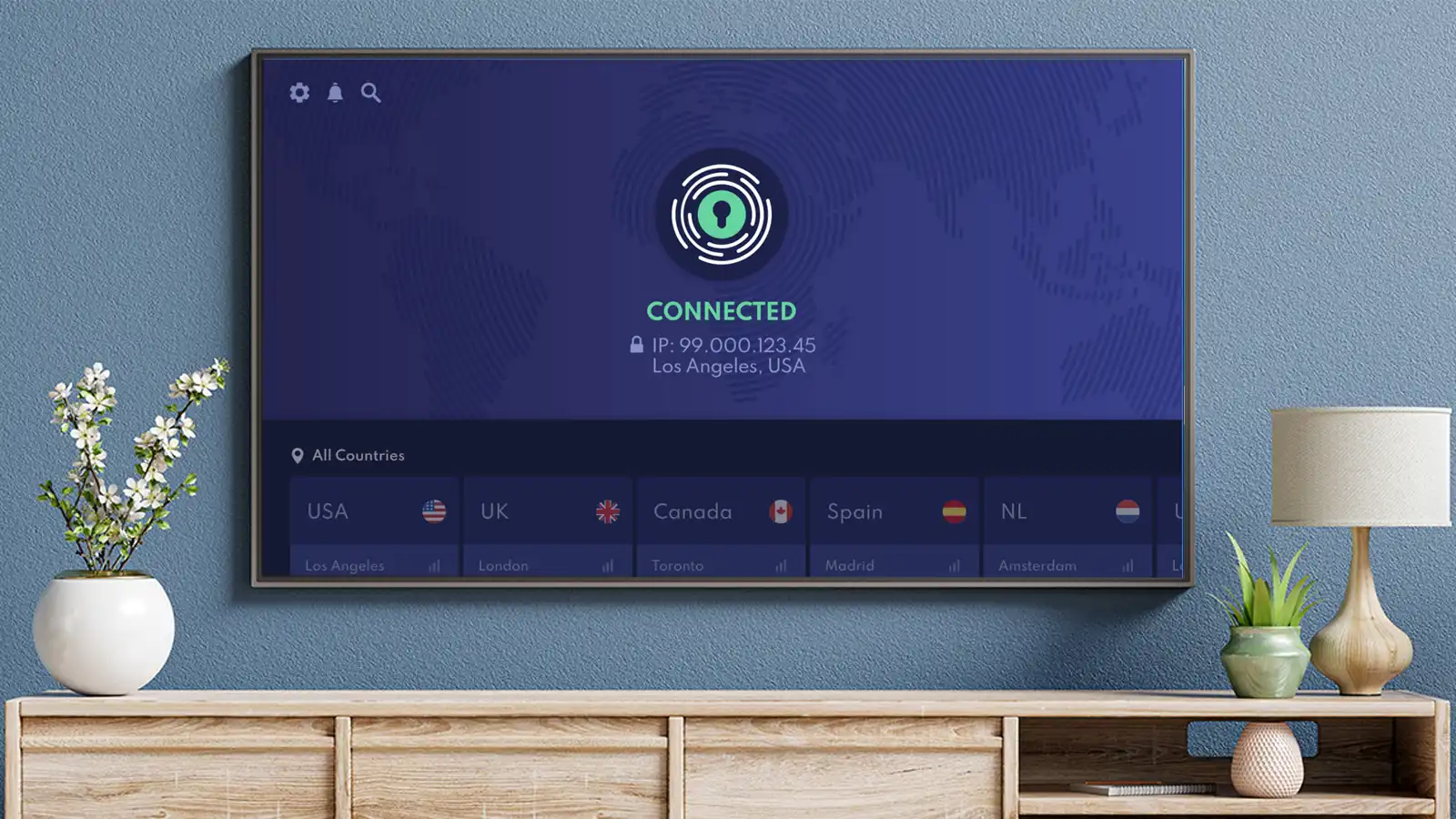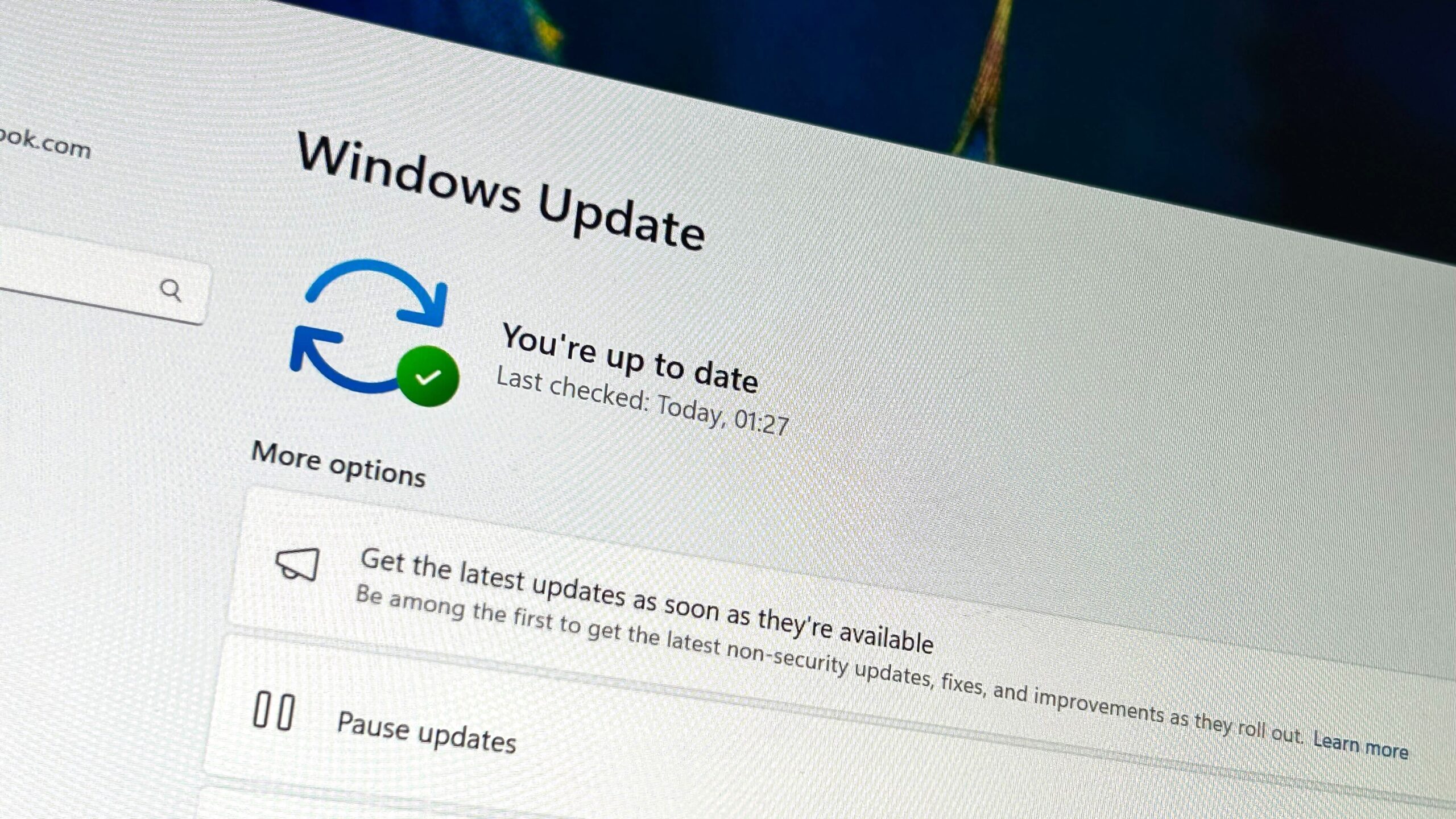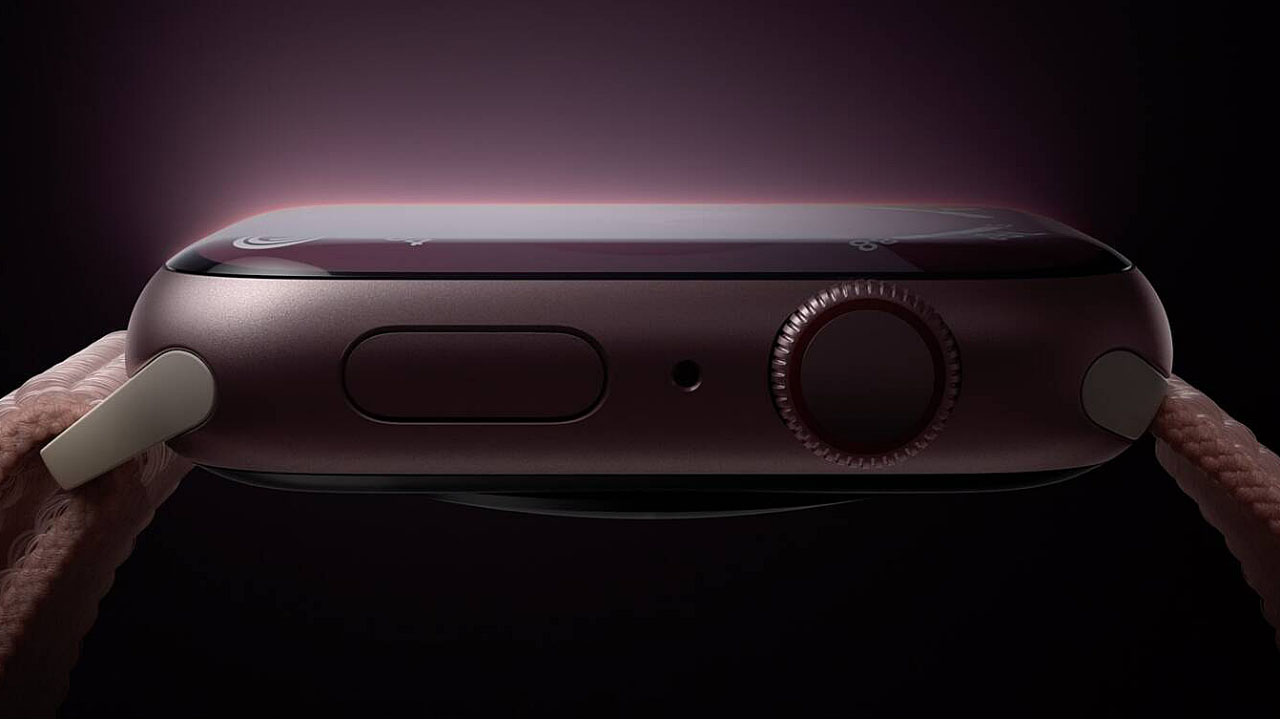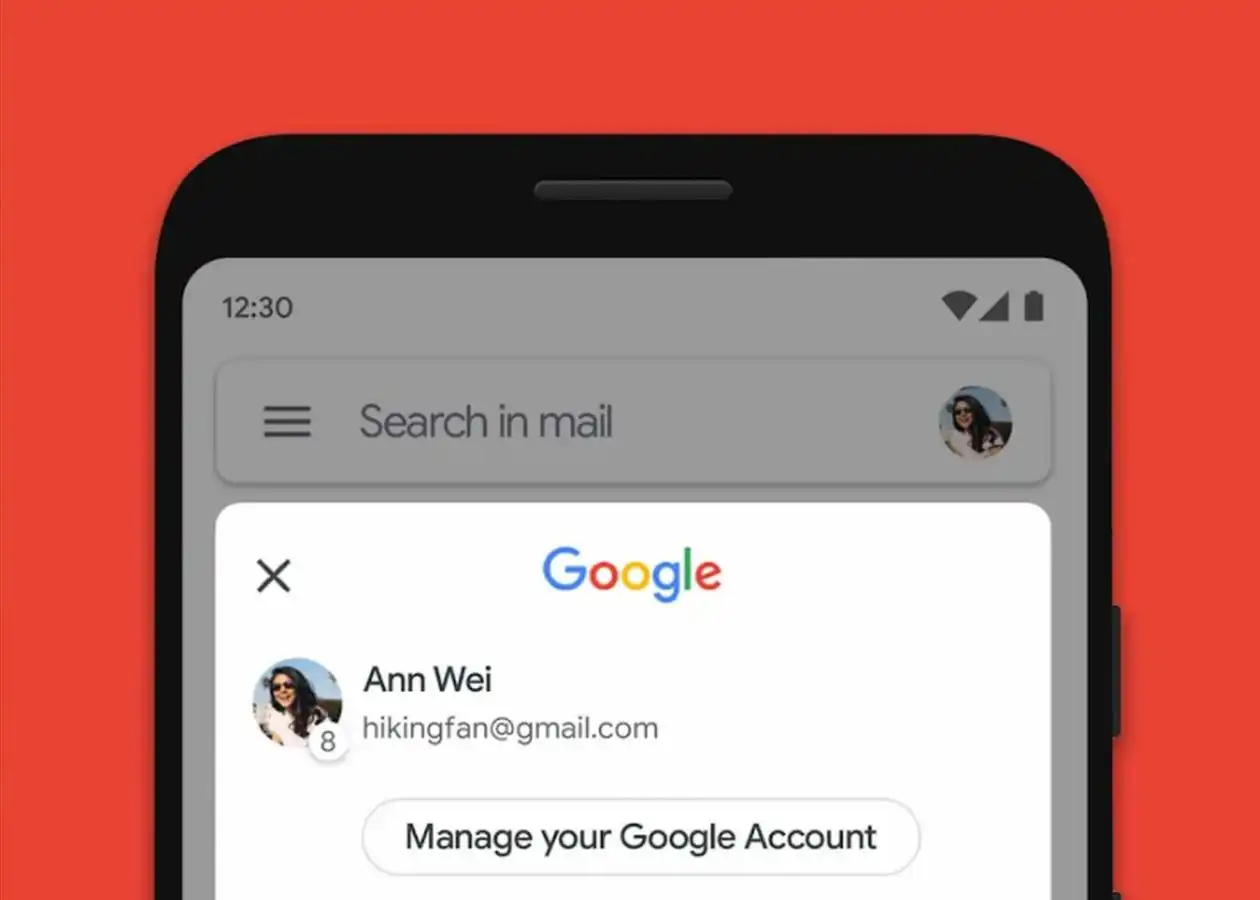Open up a whole new world (literally) of streaming content with a smart TV VPN.
Gone are the days of circling through the same old cable TV channels or blocking out your schedule on weeknights just so you can catch your favorite show. Now, streaming services and smart TVs have all of the content you could ever want at your fingertips at all times.
Unfortunately, the era of on-demand content comes with a few drawbacks. Streaming services put region locks on certain content, third parties track and sell data about your viewing habits, and internet service providers (ISPs) have the ability to throttle your internet speeds. Thankfully, using a VPN on your smart TV can help overcome these issues with the added benefit of more privacy and security. In this article I’ll discuss why you should be using a VPN with your smart TV and how to set one up properly.
If you’re on the hunt for a great VPN for your smart TV, look no further than any of the excellent services in my roundup of best VPNs for Netflix or my overall list of best VPNs for even more choices.
A VPN can help you get around region-locked content
While the amount of content you can stream online might seem endless, you’d be surprised to learn that even more is hidden behind region locks. Streaming services, due to copyright and distribution restrictions, are not always able to provide content to all viewers in all countries.

Sam Singleton
If you’re a Netflix user in the U.S., for example, and want to watch Studio Ghibli movies — I commend you on your excellent choice in cinema — you’re out of luck. But UK Netflix users can watch them anytime they want. Streaming services determine the content available based on the location of the IP address that you use to access the site or app.
The simple and elegant solution to get around these region locks is a VPN. By installing a VPN service on your smart TV and then connecting to a server in the country with the content you want to watch, you’ll essentially trick the service into thinking you’re actually located in that country. Consider that Miyazaki-itch scratched.
A VPN keeps your streaming activity private
Smart TVs and streaming services are certainly convenient, but they are also notorious for collecting and selling your viewing data to third parties. This can result in obnoxious targeted ads on your device or even more nefarious social engineering activities. Even your own ISP may be monitoring and selling your data without you being aware.
When you connect to a VPN, all of your traffic is rerouted through a private, encrypted tunnel. This means that all of online activity while connected is hidden from your ISP and anonymized for any third parties — sayonara, targeted ads. This also works on your smart TV, which won’t be able to connect your VPN traffic with your viewing activity. Don’t worry though, this doesn’t mean that you’ll lose your carefully curated Netflix recommendations. Since you still need to log into the streaming service under your account, the algorithm will still know what your preferences are.
A VPN may increase your smart TV’s connection speeds
Throttling, or the intentional slowing down of a user’s internet can make streaming content extremely frustrating. You might not be aware of it, but ISPs often include a throttling clause in the fine print of your internet contract. The conditions that lead to throttling differ by company, but they usually occur as a result of downloading restricted content (e.g. torrenting copyrighted material) or in order to limit the total amount of bandwidth/data consumed from specific sites.
ISPs have been known to throttle connections that are using streaming services such as Netflix, forcing you to watch your content in lower resolutions. Since a VPN prevents your ISP or cell carrier from viewing your traffic, it will allow you to get around these types of site-specific restrictions.
Just to be clear, a VPN will hide your traffic from your ISP, but your ISP will still be able to see total data consumption — just not the specifics of what you’re consuming. So if your ISP is throttling your internet speeds because you have reached a certain limit, such as a monthly data cap, then VPN or no, you’ll still experience slower speeds.
How to set up a VPN on your smart TV
1. Check VPN compatibility with your smart TV
While most smart TVs support VPN apps nowadays, it’s always best to check. Both Amazon Fire TV and Android TVs offer the widest compatibility. Platforms such as Apple TV and Roku may have fewer options to choose from, but more and more VPN providers are offering apps for these products as well.
If you’re ever unsure, you can always go to the VPN provider’s website and check to see if their app is available for your specific smart TV’s OS.
2. Choose a VPN to use
Next you’ll want to decide on a VPN provider to go with. NordVPN is my preferred option for streaming, but I also highly recommend any on my list of top VPNs for Netflix. Each has been thoroughly tested for streaming compatibility and all of the services support the most common smart TV operating systems.
It may be tempting to opt for a free VPN, but it’s probably best to skip them. Premium services offer much better overall speed and security, plus they come with handy extra features to boost your streaming experience.
3. Download and install the VPN app
Once you settle on the VPN you want to use, open up the app store on your smart TV and search for the VPN app. Then follow the instructions to download and install it on your TV. When the installation finishes, you should be able to find the VPN located on the app page of your device.
4. Connect to the VPN
After setup, locate and open the VPN app. Next, choose a server to connect to in the country you want and click “connect.” It may take a few seconds to establish a connection.
Once connected, your traffic will be hidden and encrypted and your location will appear as the country you selected.
5. Confirm the VPN is working
The last step is to load up a streaming service such as Netflix and check to see if your VPN is working correctly. If you connect to a server in a different country you should notice that the library of content on the streaming service will look different. Alternatively, if you are trying to access a service from outside the country (i.e. you’re abroad and want to watch a service such as HBO Max), then once connected you should see that the service is available to use.
If you’re still having issues connecting to the streaming service, double-check that your VPN is actually connected — it should show “Connected” in green or the toggle switch should be set to “on.” Sometimes you’ll also need to log out and close the streaming application completely and then log back in to refresh the app with your new IP address. Happy streaming!





